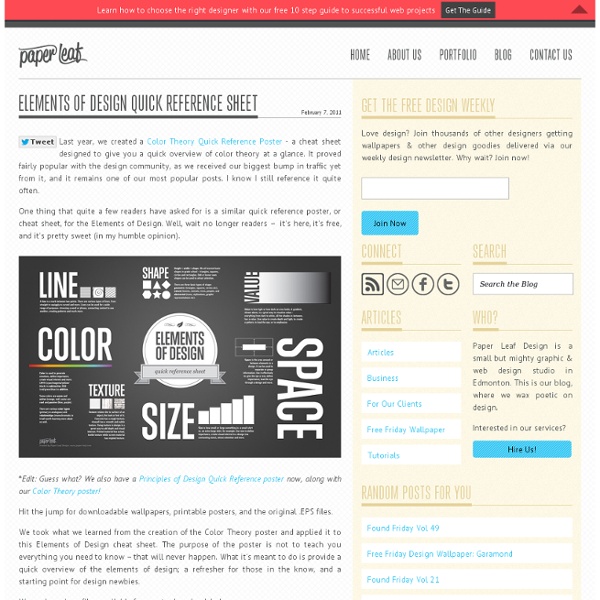Zoom
Trash
Related:



You’d Be Surprised By What Really Motivates Users Editor’s note: This article is adapted from Hooked: A Guide to Building Habit-Forming Products, a new book by Nir Eyal and Ryan Hoover. Earlier this month, Twitter co-founder Biz Stone unveiled his mysterious startup Jelly. The question-and-answer app was met with a mix of criticism and head scratching. Tech-watchers asked if the world really needed another Q&A service. Skeptics questioned how it would compete with existing solutions and pointed to the rocky history of previous products like Mahalo Answers, Formspring, and Aardvark. In an interview, Biz articulated his goal to, “make the world a more empathetic place.” We hope a few insights gleaned from user psychology may help the Jelly makers improve their jam and provide some tips for anyone building an online community. Lesson 1 – The Right Reward In May 2007, entrepreneur and Internet celebrity Jason Calacanis launched a site called Mahalo. At first, Mahalo garnered significant attention and traffic. Lesson 2 – Frequency Matters
The Aesthetics of Game Art and Game Design The Aesthetics of Game Art and Game Design By Chris Solarski What can we learn from the techniques of the Old Masters to help us create more varied and emotionally meaningful gaming experiences? And how must we go about adapting these classical art techniques when we add video gaming's unique element of interactivity? To explore these questions, this article examines the psychology of shapes and dynamic composition, which are the focus of a series of talks I recently completed around North America (kindly supported by Gbanga, Swissnex, and the Swiss Arts Council, Pro Helvetia). I firmly believe that dynamic composition should be the topmost consideration for developers wishing to shape the emotional experience of their video games. Character shape Character animations Environment shapes Pathways We'll explore how these elements work together aesthetically, and finish by applying the techniques learned to game design. Click for larger version. Black and Violet (1923), Wassily Kandinsky
Neuroesthetics Neuroesthetics (or neuroaesthetics) is a relatively recent sub-discipline of empirical aesthetics. Empirical aesthetics takes a scientific approach to the study of aesthetic perceptions of art and music. Neuroesthetics received its formal definition in 2002 as the scientific study of the neural bases for the contemplation and creation of a work of art.[1] Neuroesthetics uses neuroscience to explain and understand the aesthetic experiences at the neurological level. Researchers are looking to neuroscience for answers behind why the human brain finds artistic works like DaVinci's Mona Lisa so alluring.[2] Overview[edit] Neuroesthetics is an attempt to combine neurological research with aesthetics by investigating the experience of beauty and appreciation of art on the level of brain functions and mental states. Approaches of study[edit] The aesthetic enjoyment of individuals can be investigated using brain imaging experiments. Theories of Pioneers[edit] Constancy[edit] Abstraction[edit] [edit]
Bubble Chart The difficulty with bubble graphs is in their interpretation. While they can give a quick comparison of values of your data, they are not as well suited for accurate or precise determination. Some software graphs bubbles by volume, not diameter, further complicating comparisons. Other variables become difficult to graph by bubbles if the range is too large and some too small. In such cases, bubble charts can become a challenge to interpret. Example There are many more examples of poor usage of the bubble chart so be careful in looking at examples. This bubble chart from the NY Times shows the frequency of words used at the National Conventions. Gapminder, (2012) The Gapminder World Map291 shows the relationship between health (represented by expected years of life at birth) and wealth (represented by GDP per person) in each country in the world. This option requires some understanding of statistics to draw manually. Advice Advice for CHOOSING this option (tips and traps) Resources Guides
Cognitive Seduction and the "peekaboo" law « Our book made it to Amazon's "Best of 2006" list | Main | How to Build a User Community, Part 1 » Cognitive Seduction and the "peekaboo" law Brains are turned on by puzzles. Brains are turned on by figuring things out. At least, that's what the neuroscientists say in the latest issue of Scientific American Mind. From the article: "An unclothed person who has only arms or part of a shoulder jutting out from behind a shower curtain or who is behind a diaphanous veil is much more alluring than a completely uncovered nude. Evolution has seen to it that the very act of searching for the hidden object is enjoyable, not just the final "aha" of recognition--lest you give up the chase. Otherwise, we would not pursue a potential prey or mate glimpsed partially behind bushes or dense fog." If something dangerous is hiding in the bushes, it's damn useful for the brain to reconstruct a complete tiger from just a few bits of orange and black peeking out between the leaves. It goes on: TrackBack Comments
Photographer Angela Kelly captures intricate patterns of ice in bubbles in their first moments after they start freezing Stunning images capture beauty of liquid droplets after starting to freezeCreated by photographer Angela Kelly using homemade bubble solutionSpectacles can be seen resting atop ground, flowers and blades of grass By Sophie Jane Evans Published: 12:19 GMT, 23 December 2013 | Updated: 14:48 GMT, 23 December 2013 With their intricate patterns and perfectly circular shape, it is hard to believe these magical creations are actually made of ice. These stunning images capture the beauty of liquid droplets in their first moments after they start freezing. The spectacles - caught on camera by photographer Angela Kelly - were created using homemade bubble solution. Beautiful: These amazing photos capture the beauty of liquid droplets in their first moments after freezing Stunning: This ice sculpture features intricate detail, a frosted surface and is a perfectly circular shape Homemade: The spectacles - captured by photographer Angela Kelly - were created using bubble solution
Tabula News Graphics Collection